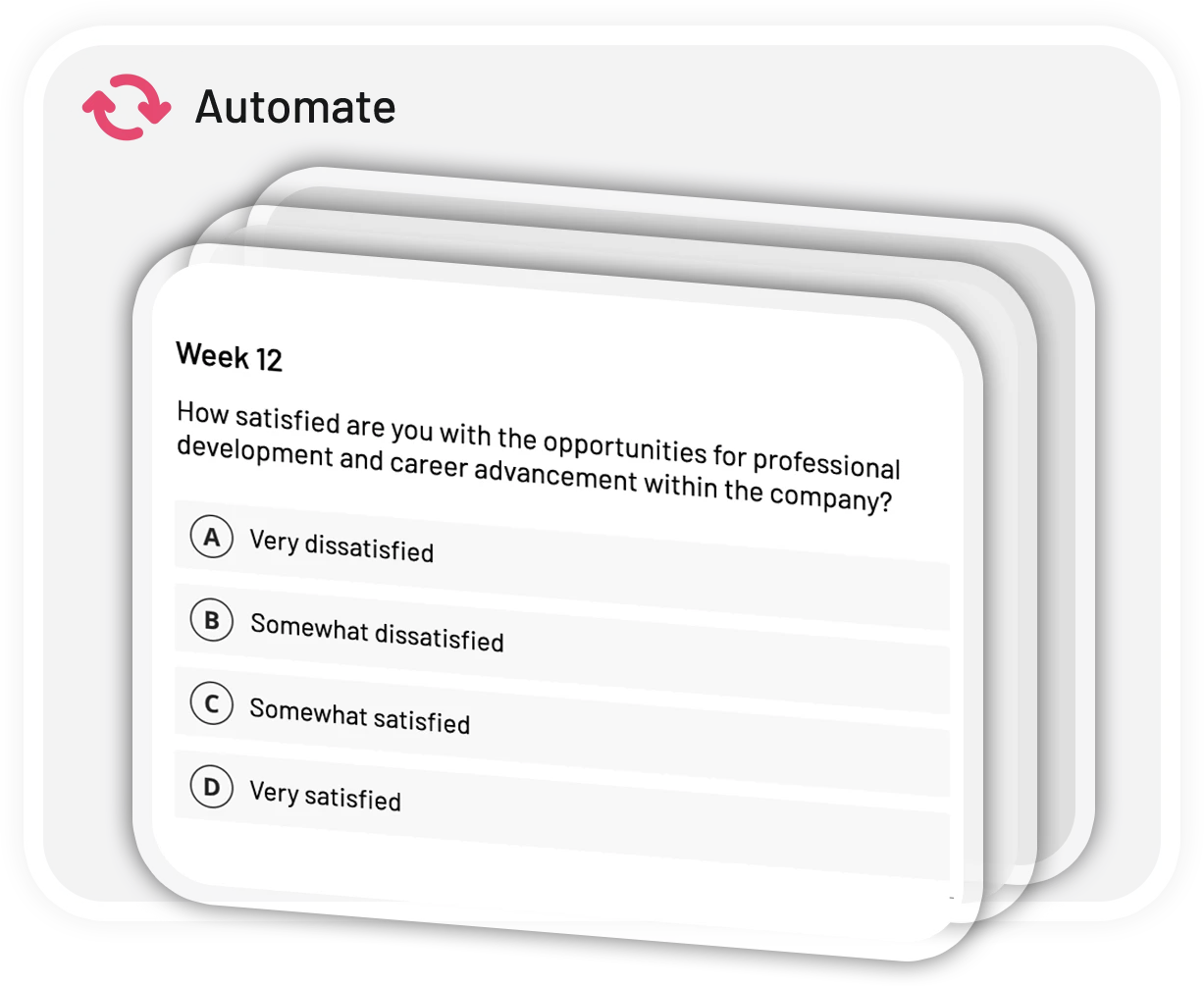In the modern workspace that is continuously evolving, organizations are forced to recognize the power of creating a people-centric culture. Regardless of the base focus that we all have on profits and performance metrics, there’s a considerable shift towards putting individuals in focus within an organization.
The emphasis a people-centric culture makes is not only on the achievements themselves but on how they are achieved, making sure to highlight the human effort put into it. Let us dive deeper into the details of a people-centric culture, and explore the benefits, challenges, and steps to create it.
Table of Contents
What Are The Core Components Of A People-Centric Culture?
An employee-centric culture has several core components to take into account if you wish to successfully create one yourself:
Empathy and Respect: Creating a work environment that embodies empathy and respect will be the pillar of a people-centric workspace. This way, you acknowledge the diverse perspectives of your employees.
Healthy Communication: Encouraging transparency will cultivate an environment of feeling heard and valued by everyone in your organization.
Employee Well-being: Prioritizing support for your employees concerning mental and physical health is essential to being a people-centric workspace.
Collaboration and Teamwork: Fostering a space that encourages collaboration and teamwork will promote cross-functional collaboration.
Flexibility: Flexible work hours and arrangements will show you understand the human conditions and will provide your employees the support they need.
Recognition: Recognizing that the contributions of your employees should be acknowledged and appreciated is especially important if you wish to be a people-centric organization.
Leadership: Ensuring that the leaders in your organization embody the people-centric culture will help set the bar within your workspace.
Diversity, Equity, and Inclusion: Promoting diversity, equity, and inclusion will help create an environment where your employees will feel included valued, and supported equally.
How To Build A People-Centric Culture At Work? 8 Step Guide:
Step 1: Assess Current Culture
Evaluate your current workspace and make sure to take benchmark data during this process. You can use surveys, interviews, and assessments to do so to have a better understanding of your employees’ current experience and hence what needs to be improved.
Conduct regular pulse surveys with your team.

There are plenty of incredible survey tools you can use to conduct regular surveys and asses the organizational culture in your company. In fact we put together a list of them just for you: Top Pulse Survey Softare.
If your organization uses Microsoft Teams on a regular basis, you might want to give Teamflect a try. It is the best survey tool in the Microsoft Teams ecosystem and it lets you send out and analyze surveys without ever having to leave Microsoft Teams!



